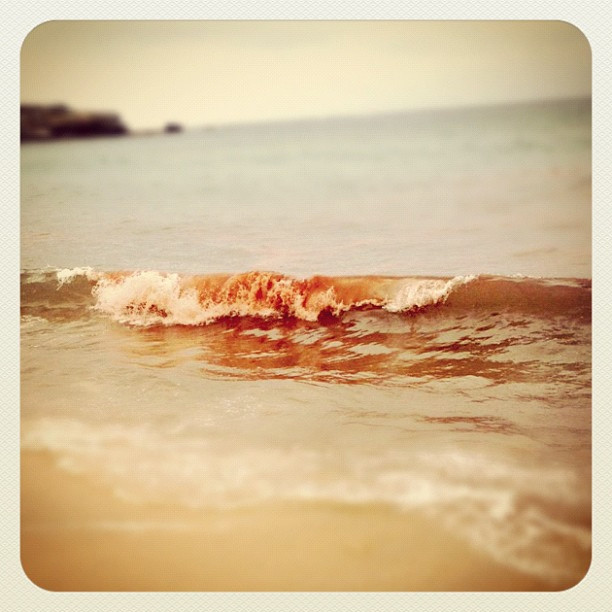Toxic Red Tide Hits Florida's Coast; Thousands Of Fish Die, Residents Face Breathing Difficulties
KEY POINTS
- 36 red tide exposures, including incidents of coughing, eye irritation, or worsening asthma were reported
- Around 2 tons of debris, including large volumes of dead fish were removed from Pinellas County beaches
- The annual beach fest in Indian Rocks Beach, Florida, was canceled over public health concerns
Florida's southwest coast residents are facing breathing difficulties and complaining of burning eyes as the red tide returns to the coast, killing thousands of fish and posing risk to humans and marine life.
The toxic algal bloom, commonly known as the red tide, that has occasionally plagued Florida's Gulf Coast water for years struck the coast in October. Officials reported a flare-up this week while warning the residents that the phenomenon could linger on for some time, AP reported.
"I cannot say when it's going to go away. We really can't project what's going to happen two months from now ― but we have to pay attention to what's going on now," Bob Weisberg, the former director of the University of South Florida's Ocean Circulation Lab, told Tampa Bay.
So far, 36 red tide exposures, including incidents of coughing, eye irritation, or worsening asthma have been reported to Florida's Poison Control Centers compared to just two reports last year during the same period, according to Jemima Dougé, a healthcare education specialist at the Florida Poison Information Center in Tampa.
Around two tons of debris, including large volumes of dead fish were removed from Pinellas County beaches to the landfill while around 1,000 pounds of fish were cleared from beaches in St. Pete Beach since the beginning of the month, reports say.
Pinellas County spokesperson Tony Fabrizio cautioned the beachgoers to immediately vacate the beach if they notice any respiratory issues. "If you are at the beach and experience respiratory problems, leave the location and go to an air-conditioned space for relief," he said.
Meanwhile, the annual beach fest in Indian Rocks Beach, Florida, was canceled over public health concerns. "Red Tide is currently present on the beach and is forecasted to remain in the area in the weeks to come. It is unfortunate that it had to be canceled but it is the best decision in the interest of public health," the Indian Rocks Beach Homeowners Association said in a statement.
Red tide is on the west coast of Florida, and no signs are posted at the beach, and no one in the tourism industry is educating visitors on it. pic.twitter.com/lxmDoTBxey
— Stel Bailey (@StelBailey) March 5, 2023
What Causes Red Tide?
Researchers link the phenomenon of red tide to the "overfeeding" of algae with nutrients like phosphorus, nitrogen and carbon from water flowing in from lawns and farmlands. Other factors that cause Harmful Algal Blooms (HAB) include natural phenomena like poor water circulation, very high water temperatures and extreme weather conditions such as hurricanes, floods and drought.
The toxins from the uncontrolled algal bloom can cause breathing problems and trigger asthma attacks in susceptible individuals.
People are at risk of ingesting toxins if they consume contaminated shellfish that has Brevetoxins produced by these algae. It can cause gastrointestinal issues like nausea and vomiting, cardiovascular issues like arrhythmia, hypertension, hypotension, other muscular aches and skin rash.
The powerful toxins produced by HABs can kill fish, shellfish, mammals and birds while the non-toxic species of them can have harmful effects on marine ecosystems. When masses of non-toxic algae die, the decomposition can deplete oxygen in the water, making it unfavorable for marine organisms.

© Copyright IBTimes 2024. All rights reserved.




















